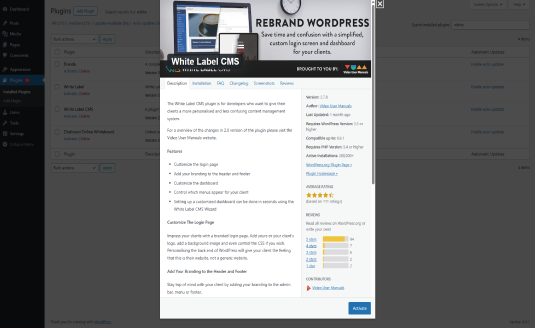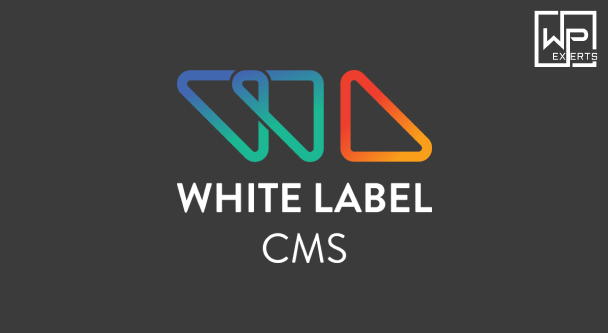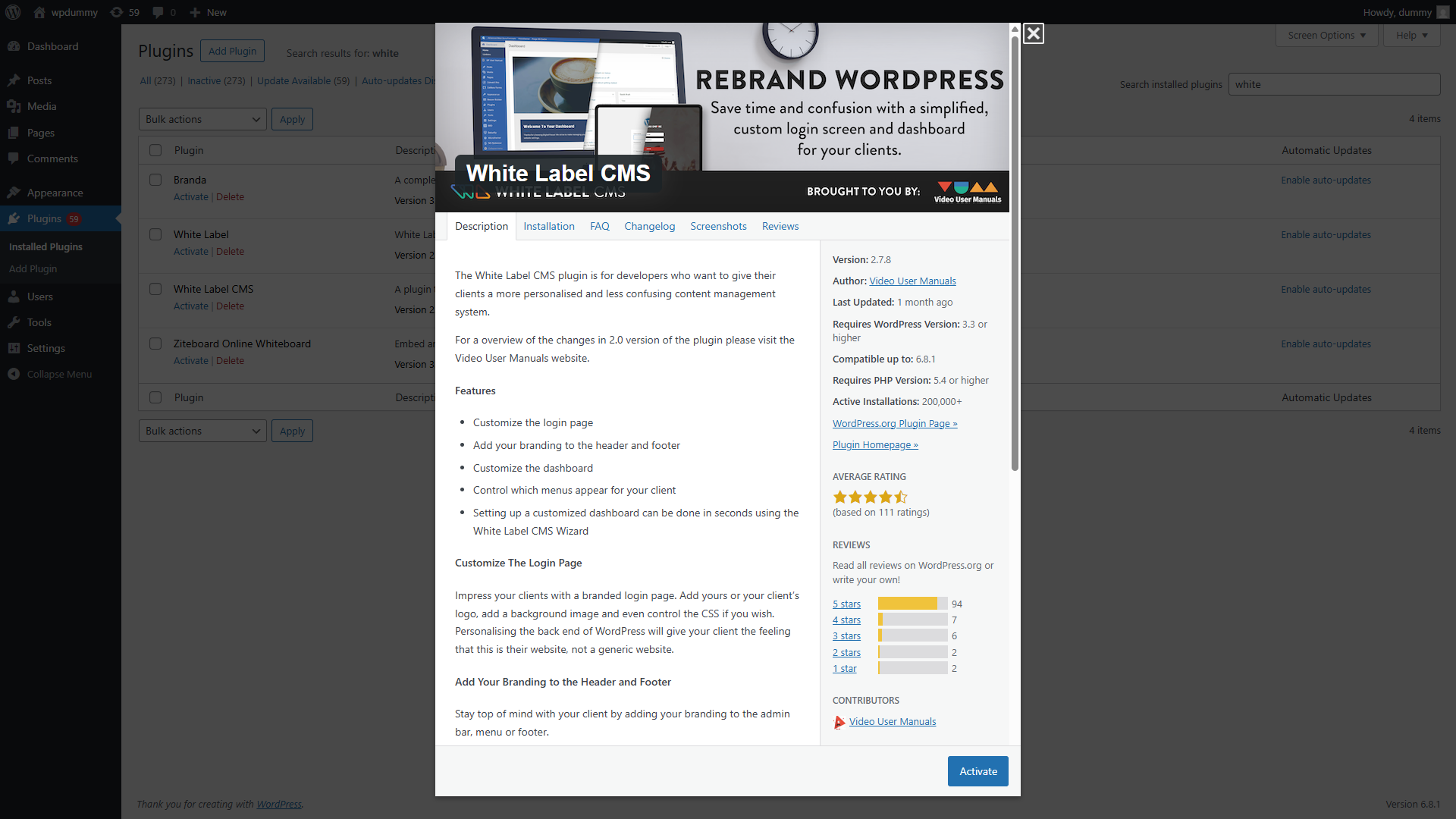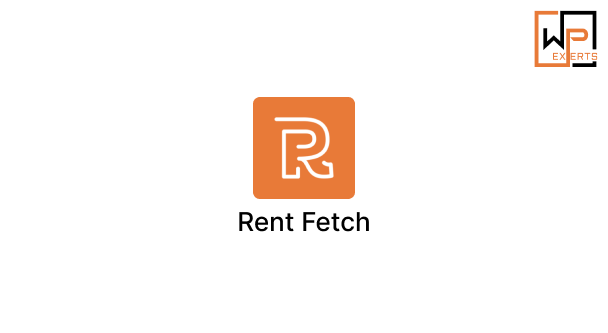Introduction
WordPress is one of the most popular content management systems (CMS) in the world, widely used by developers, designers, and businesses to create websites, blogs, and online stores. While WordPress is powerful and flexible, its default dashboard can sometimes be overwhelming or confusing for clients—especially those who are not tech-savvy. This is where the White Label CMS plugin becomes invaluable.
White Label CMS is a powerful WordPress plugin designed to simplify and customize the WordPress admin experience. Developed by Video User Manuals Pty Ltd, the plugin allows developers and agencies to rebrand, declutter, and streamline the WordPress backend, creating a cleaner and more intuitive interface tailored to client needs. In this article, we’ll explore the features, benefits, use cases, and setup of White Label CMS.

What Is White Label CMS?
White Label CMS is a plugin that enables you to completely customize the WordPress dashboard. It allows developers to hide unnecessary menus, add custom branding, change login pages, control widgets, and personalize the admin experience for clients. Its goal is to provide a white-labeled (unbranded) interface so clients can focus on managing content without getting distracted or confused by developer-level tools and settings.
Key Features
- Custom Login Page
White Label CMS lets you fully customize the WordPress login screen to match your or your client’s branding. You can:
- Add a custom logo
- Change background colors or images
- Modify login form styles
- Remove WordPress branding
- Customize the login URL and error messages
This helps create a seamless branding experience from the moment the user logs in.
- Admin Branding
The plugin allows you to remove or replace the default WordPress branding with your own or your client’s. This includes:
- Custom dashboard logo
- Custom footer text
- Custom admin bar logo
- Hide “WordPress” and “Help” menus
This is especially helpful for agencies who want to reinforce their branding or remove any reference to WordPress entirely.
- Dashboard Customization
The default WordPress dashboard often includes widgets and menus that aren’t relevant for most clients. White Label CMS lets you:
- Remove default dashboard widgets (e.g., “At a Glance”, “Quick Draft”)
- Add custom dashboard panels with your own welcome message or instructions
- Use visual HTML editor to create branded dashboard content
- Hide dashboard menus not relevant to the user’s role
This ensures that clients see only what they need, reducing confusion and mistakes.
- Role-Based Interface Control
You can customize the dashboard experience based on user roles. For example, administrators might see more advanced options, while editors or authors see only the content management tools. This allows for precise control over the user experience and improves security.
- Menu Management
You can hide specific admin menu items (like Plugins, Settings, Tools, or Themes) to prevent clients from accidentally breaking the site or changing critical settings. This is ideal for developers who want to maintain control while giving clients only the tools they need.
- Multisite Compatibility
White Label CMS works well with WordPress Multisite installations, allowing you to apply settings across all subsites or tailor them for each individual site. This is useful for agencies managing multiple client sites from a single network.
- Prebuilt Setup Wizard
The plugin includes a simple setup wizard to help you get started quickly. You can also export your settings and import them on other sites, making it easy to deploy a standardized admin setup across multiple WordPress projects.
- Developer Friendly
White Label CMS is designed with developers in mind. It supports custom code snippets, filters, and hooks for even deeper integration and customization. You can script your custom dashboards, manage branding with code, and integrate the plugin into your theme or plugin development workflow.
Benefits of Using White Label CMS
- Professionalism: Rebranding the dashboard makes your work look more polished and professional.
- Client Satisfaction: Clients find it easier to manage their sites without being overwhelmed by the default WordPress backend.
- Security: By hiding unnecessary or dangerous menus, you reduce the risk of clients breaking something by accident.
- Efficiency: Custom dashboards and instructions reduce client support requests, saving time for both you and your client.
- Consistency: Use the same setup across multiple client sites for consistent branding and user experience.
- Control: Gives developers complete control over what users can see and access in the admin area.
Use Cases
- Agencies: Design agencies often manage websites for dozens of clients. White Label CMS allows them to brand each dashboard with the client’s logo and colors, while removing any backend elements that aren’t relevant to the client’s needs.
- Freelancers: Freelance developers can use White Label CMS to present their work more professionally, reducing the learning curve for their clients and avoiding confusion during handover.
- Corporate IT Teams: Companies managing internal WordPress portals can customize dashboards for different departments or teams, ensuring each user has access only to the tools they need.
- SaaS Platforms: Businesses running SaaS platforms on WordPress can hide the WordPress core elements and present a branded, unified admin experience for users.
How to Install and Set Up White Label CMS
- Install the Plugin
- Go to
Plugins > Add Newin your WordPress dashboard - Search for “White Label CMS”
- Click Install Now, then Activate
- Go to
- Run the Setup Wizard
- After activation, go to
Settings > White Label CMS - The setup wizard guides you through branding, dashboard settings, and menu controls
- After activation, go to
- Customize Branding
- Upload your logo
- Change the admin bar, dashboard logo, and login screen
- Set Dashboard Panels
- Create welcome panels with instructions or links for your clients
- Use the visual editor to add HTML content or images
- Configure Menu Access
- Go to the “Menus” tab to hide or show menu items based on user roles
- Export/Import Settings
- Once configured, export your settings as a
.jsonfile - Import this configuration on other sites for fast setup
- Once configured, export your settings as a
Limitations
While White Label CMS is powerful, there are a few limitations:
- It does not allow you to customize individual posts/pages or front-end appearance.
- Some advanced UI customization may require writing custom CSS or using filters.
- It is mainly focused on backend customization and not on frontend user experience.
Conclusion
White Label CMS is an essential plugin for WordPress developers, agencies, and freelancers who want to create a clean, branded, and client-friendly admin experience. By customizing the login screen, dashboard layout, and admin menus, it transforms the generic WordPress backend into a professional platform tailored to specific business needs. Whether you’re managing one site or hundreds, White Label CMS makes it easy to deliver a streamlined, intuitive, and secure experience for your clients.
If your goal is to deliver a user-friendly backend that matches your or your client’s brand identity, White Label CMS is the go-to plugin to make that happen. It’s free, easy to use, and can drastically improve how clients interact with WordPress.





